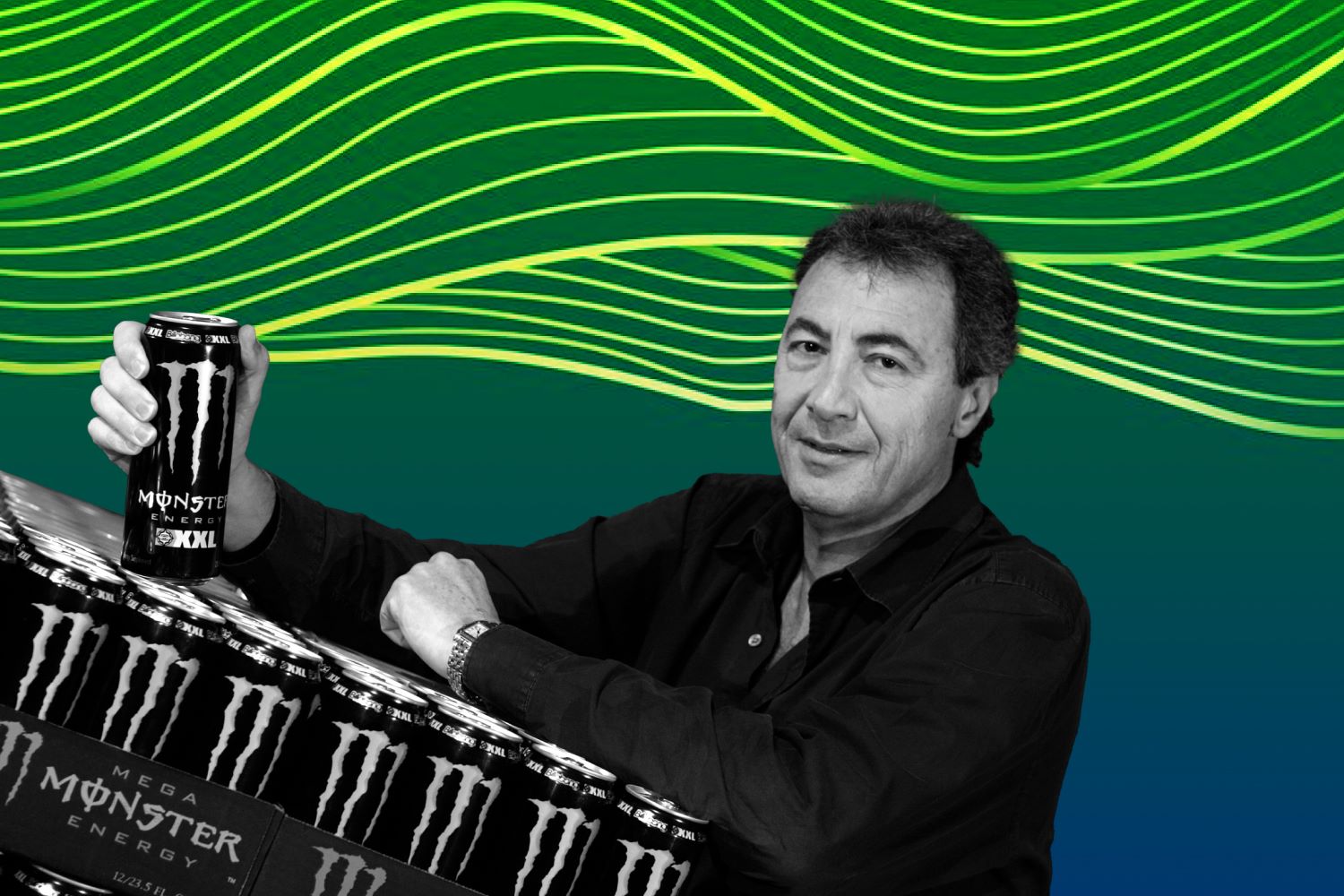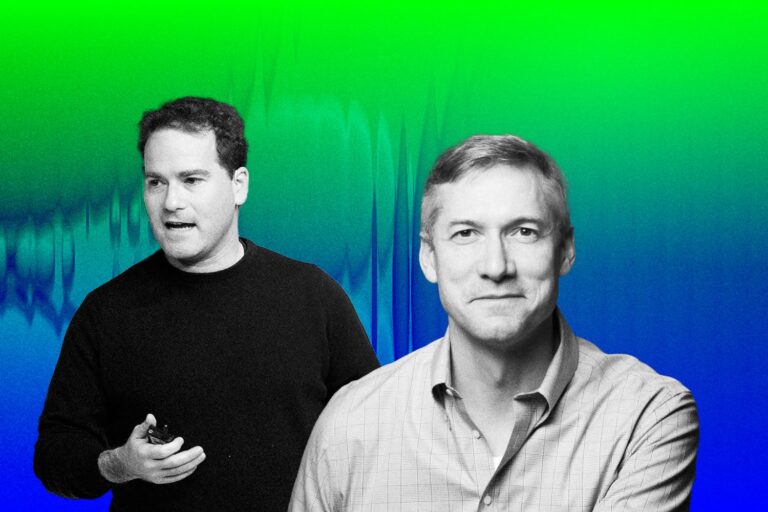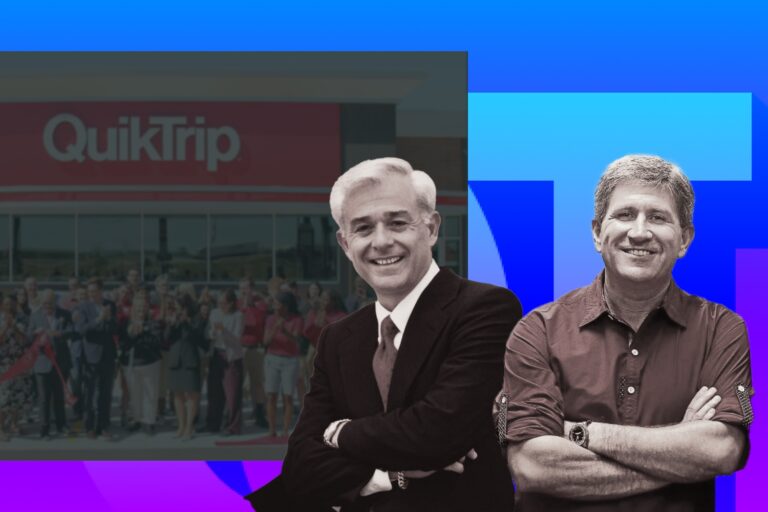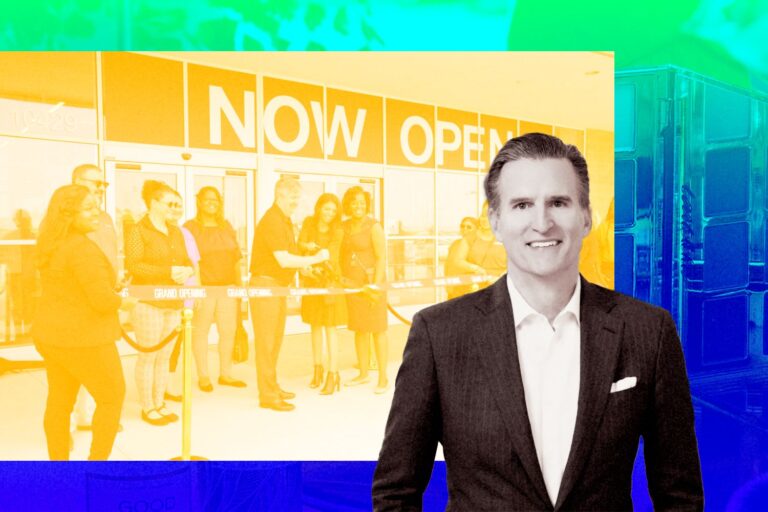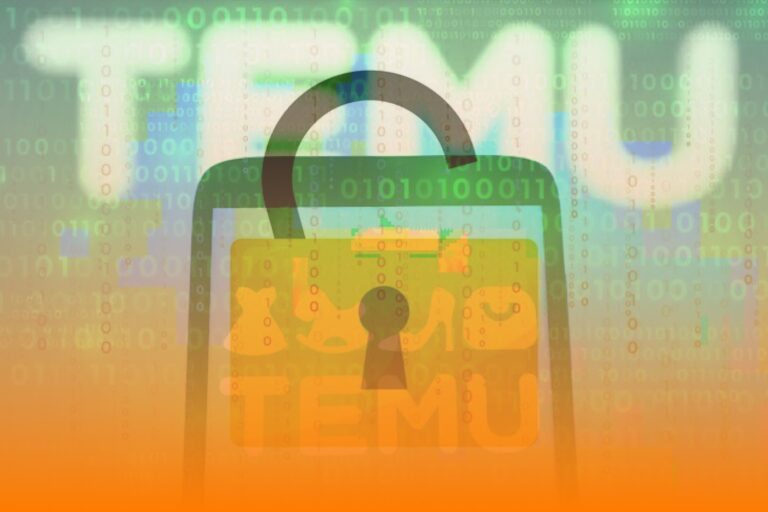Monster Energy: Beyond a Beverage, a Cultural Zeitgeist
Since Monster Energy’s humble beginnings as a penny stock with its initial public offering (IPO) in 1990, it has defied the odds, growing by an astounding 200,000%. To put this staggering achievement into perspective, an investment of $10,000 in Monster would have multiplied to a staggering $19.2 million.
The comparison is striking, especially when considering that a parallel investment in Amazon during the same period would have yielded $1.4 million less.
Yet, Monster Energy’s ascent is no mere Cinderella tale of fortune; it underscores the impact of deliberate strategic choices from the captain Rodney Sacks.
Rodney Sacks: Left the Ride off into the Sunset to Start Fresh
The genesis of the contemporary Monster Energy brand is intricately tied to the unwavering determination of a singular individual – Rodney Sacks.
His intentional low-key presence and absence from social media might come as a surprise. The elusive 73-year-old billionaire has refrained from sharing details about his life in interviews, maintaining a resolute commitment to cultivating the Monster brand rather than his personal identity.
Born in 1949 in Johannesburg, South Africa, to Jewish Lithuanian immigrants, Rodney Sacks had a seemingly typical South African upbringing that betrayed no signs of the billionaire he would become.
Unconventionally, Sacks didn’t pursue education at prestigious institutions like Harvard or Stanford. Instead, he stayed in South Africa and studied law at a local university. It was during the early years of his career that Sacks’s true trajectory began to unfold.
Following his graduation, Sacks started a path that ultimately took him to the pinnacle of South Africa’s biggest corporate law firm. Advancing swiftly through the hierarchy, he achieved the distinction of being the youngest individual ever promoted to partner. With two decades of committed expertise, he eventually rose to the esteemed role of senior partner.
While many would have considered this the pinnacle of their career, Rodney Sacks, having conquered the summit of the big law mountain, discovered that the legal world was a peculiar place.
After years of unwavering devotion to his craft, he arrived at a pivotal realization – the desire to start anew. In a bold move reminiscent of many entrepreneurs, Sacks packed up not just his belongings but his family and career as well, and set course for Southern California.

In 1989, with Indiana Jones gracing the silver screen and the fall of the Berlin Wall reshaping geopolitical realities, Rodney Sacks was setting his sights on a different kind of conquest – one rooted in the beverage industry.
The meteoric rise of Red Bull as the go-to energy drink had already captivated global markets, but Rodney’s entrepreneurial instincts led him down a different path.
Observing the flourishing smoothie trend in the United States, Rodney envisioned a product that could transcend the confines of specialty shops and appeal to a broader audience. With Jamba Juice enjoying unprecedented success, he recognized an opportunity to introduce bottled smoothies on a mass scale, accessible in gyms, convenience stores, swimming pools, and health stores.
Nevertheless, Rodney faced a notable challenge: he had no established presence in the United States. Unfazed by this obstacle, he initiated a fundraising campaign, garnering backing from friends and family to accumulate $6 million.
The plan? Acquire a publicly traded shell company that would serve as the launchpad for his smoothie venture. The key to success, Rodney knew, lay in securing a robust distribution network.
Fortune favored Rodney when an investment banker introduced him to a potential game-changer – Hansen’s. Established in 1935, Hansen’s had its origins in providing juices to Hollywood movie sets.
Despite initial success, the family-run business never expanded beyond regional boundaries.
From Bankruptcy to Beverage Empire: The Rise of Monster Energy
In 1988, after an era of ambitious expansion, Hansen’s faced bankruptcy, leading to the sale of its manufacturing capabilities to Tropicana and the acquisition of its name by the California Co-Packers Corporation.
While others might have seen Hansen’s as a sinking ship, Rodney recognized its untapped potential. What set Hansen’s apart was its pre-existing independent distribution network—a hidden gem that would provide Rodney with the foundation needed to launch his smoothie empire.
In 1992, driven by his vision, Rodney and his partner acquired Hansen’s for $14.5 million, a sum swiftly made accessible through a likely leveraged buyout facilitated by an investment banker. With only 12 employees and immediate financial challenges, Rodney assumed the role of CEO and embarked on a journey to steer Hansen’s towards profitability.
Rodney’s strategic moves included consolidating costs and introducing a Smoothie line that rapidly gained traction, contributing significantly to the company’s revenue. However, the landscape changed dramatically when Red Bull entered the U.S. market in 1996, quickly becoming the dominant player in the energy drink category.
Eager to compete, Hansen’s launched its own energy drink in 1997, initially gaining modest attention. Yet, the product struggled to find its identity, particularly as it was marketed as a functional beverage with purported health benefits.
Realizing the missed opportunity to target the energy drink market’s core demographic—18 to 25-year-old males – Rodney initiated a radical makeover.
In a bid to rival Red Bull’s success, Monster Energy was born. The transformation involved upping caffeine and sugar content, adopting a larger 16 oz can, and employing a killer brand designer to infuse an extreme identity into the product.
The “bigger is better” approach resonated with the American market’s preferences, offering consumers nearly double the size of Red Bull for the same price.
Monster Energy’s marketing blitz encompassed captivating retail displays featuring elements like NASCAR and dirt bikes, alongside specialty coolers for storing their products at scale. Their efforts extended beyond retail as Monster implemented Red Bull’s Ambassador Network on college campuses, giving students a taste of the new energy drink.
Fueling the Zeitgeist: Monster’s Marketing Alchemy in the Late ’90s and Early 2000s
Yet, the cornerstone of Monster’s strategy lay in strategic sponsorships and promotions. The company became deeply ingrained in the cultural Zeitgeist of the late ’90s and early 2000s by aligning with extreme sports, music acts, and creating a pervasive presence in youth culture.
Revenue soared as Monster’s clever branding moves and strategic partnerships propelled the brand into the forefront of consumer consciousness.
The brand’s early marketing thesis was deceptively simple: if it resonated with the cool factor embraced by the average 18-year-old guy of that era, Monster would sponsor it.
Monster strategically immersed itself in the world of extreme sports, an arena synonymous with adrenaline, rebellion, and youth.

Logos adorned dirt bikes, skateboards, and snowboards, creating a visual language that spoke to the edgy lifestyle of extreme sports enthusiasts.
However, Monster’s foray into cultural dominance didn’t stop with extreme sports. Recognizing the profound influence of music on its target demographic, the brand ventured into partnerships with iconic acts like Suicidal Tendencies and Korn.
What set Monster’s approach apart was the authenticity injected into these collaborations. Artists were not merely sponsored; they were handed Monster-branded cans, often filled with water rather than the actual energy drink.
As a result, Monster seamlessly wove itself into the late ’90s and early 2000s cultural Zeitgeist. It wasn’t just a beverage; it was a lifestyle. The brand became synonymous with the energy, rebellion, and excitement of the times, capturing the imagination of a generation seeking an escape from the ordinary.
Turning Point 2010: Decisions in the Face of Low Sales
Entering the mid-2000s, Monster Energy experienced an explosive phase of growth that unleashed the full force of the beast.
Following the 2002 launch of Monster, Hansen’s witnessed remarkable results, with sales more than doubling and profits quadrupling.
At the outset of Monster’s introduction in 2002, Hansen’s had 108 total employees, with 66 dedicated to marketing and sales. By 2005, these numbers saw a substantial surge, reaching 293 total employees, with 27 specifically allocated to marketing and sales.
The sizable increase in headcount was indicative of Monster’s escalating success, which was underscored by its capture of 18% of the total energy drink market in 2005. Although still trailing behind Red Bull, Hansen’s was on an upward trajectory, boasting a growth rate three times higher.
Seizing the momentum, Hansen’s ventured into product diversification and experimentation. The introduction of additional flavors and brands, including Joker Mad Energy, Roomba, Samba, Tango, and Lost Energy, aimed to drive more revenue and expand the product line.
However, the results were varied.
Joker, for instance, there was a slight difference in flavor, and Joker was exclusively available at Circle K convenience stores. Surprisingly, Joker found more success for Circle K than for Monster itself. Consequently, in 2010, the brand was divested to the convenience store chain.
Monster took a decisive step by discontinuing several product lines due to prolonged low sales. Roomba, Samba, Tango, and Lost Energy were all removed from the market during the same year.
The core issue with these beverages lay in their inability to replicate the standout success of the original Monster. Despite significant investments in building brand equity around the Monster name, these products failed to make a mark.
Monster’s launch of unfamiliar brands like Tango and Samba outside the original Monster lineup mirrored the misstep of Hansen’s. These products, akin to Hansen’s Natural Energy, experienced a lackluster reception due to branding that failed to captivate the intended audience, resulting in market failure.
And Hansen’s had invested significantly in building brand equity around the Monster name, making it a powerhouse in the energy drink market.
Recognizing the strength of the Monster name, the company strategically introduced products like Monster Zero Sugar and Monster Zero Carb. These offerings were strategically aimed at health-conscious consumers, tapping into a demographic that had initially been drawn to Hansen’s energy drinks.
By staying under the trusted Monster brand umbrella, the company could appeal to its existing consumer base while expanding its reach.
Monster Java and Monster Rehab were born out of the lessons learned from the discontinued Roomba, Samba, and Tango. These new additions, featuring coffee and tea blends, respectively, aimed to become integral parts of consumers’ morning routines.
The executive team astutely realized that they didn’t need to rely on additional brands like Lost to sell their products. The Monster brand itself was a potent force that could move the product effectively.
This strategic pivot paid off, and today, products like Monster Zero Sugar, Monster Zero Carb, Monster Java, and Monster Rehab continue to thrive in the market.
Navigating Controversy to Become a Global Beverage Titan
Expanding their shelf space translated into diversified lines of revenue, marking Monster’s entry into its heyday. However, this era of success was not without its challenges.
Monster Energy found itself thrust into a major controversy as public health concerns took center stage in the media and regulatory landscape.
According to the National Center for Complementary and Integrative Health (NCCIH), particular concerns revolve around the impact on young adults, teens, and children, who are more susceptible to complications from energy drink consumption. Disrupted sleep patterns and an increase in risk-taking behavior, especially among teens, have been identified as potential side effects.
A comprehensive review published in Frontiers in Public Health sheds light on the significant health issues associated with energy drinks like Monster, with a primary focus on caffeine levels.
The ease with which energy drinks facilitate caffeine overdose is a notable concern, leading to symptoms ranging from nausea and vomiting to heart palpitations and, in extreme cases, even death. The additional sugar content in Monster exacerbates these symptoms, particularly an increased heart rate.
Moreover, the review highlights broader issues linked to high caffeine consumption, including a drop in insulin sensitivity for those with Type 2 diabetes, heightened risks for pregnant women such as late-term miscarriages and stillbirths, and potential dental problems.
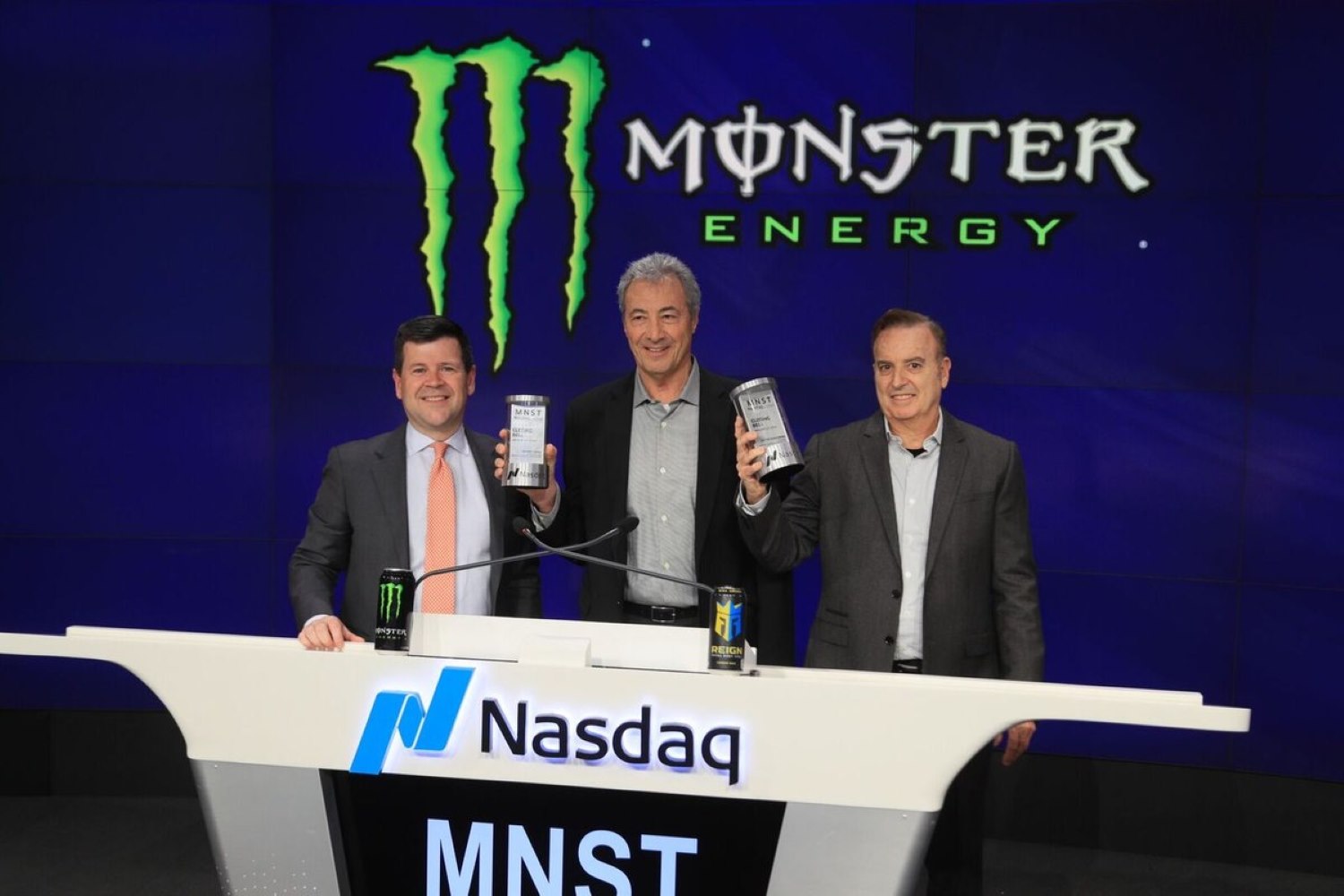
Turning attention to the sugar content, a single 16-ounce can of Monster Energy surpasses the recommended daily limit, containing over 54 grams of sugar. The American Heart Association (AHA) recommends that adults should ideally consume no more than 150 calories from sugar daily. In the context of Monster Energy Drinks, this means exceeding the maximum recommended daily sugar intake in just one can.
Regularly consuming high amounts of sugar poses various health risks, including an increased likelihood of heart disease, obesity, and the potential development of Type 2 diabetes. Harvard Health notes that the typical American diet already incorporates a significant percentage of daily caloric intake from added sugars, emphasizing the importance of moderating sugar consumption.
Facing scrutiny, Rodney Sacks found himself in a congressional hearing, defending the safety of Monster’s beverages to regulators.
Despite the challenging circumstances, this regulatory attention played into Monster’s hands. The brand transformed into something edgy, becoming the beverage that parents, teachers, and even Congressional Representatives warned against.
Monster’s target demographic embraced this countercultural image, relishing being part of something deemed rebellious. However, this controversy marked just the beginning of Monster’s journey.
Following the hearing, the FDA issued a letter stating they would not take any action against Monster or other energy drink brands. This green light from regulators triggered a surge in Monster’s shares, soaring 133% upward.
With regulatory pressures lifted, Monster began to mature and grow as a brand. By 2014, the company had reached full maturity, and Coca-Cola entered the scene. The beverage giant signed a deal to acquire a 16.7% stake in Monster for a staggering sum of 2.15 billion, solidifying itself as Monster’s primary distributor.
Coca-Cola’s unparalleled distribution network, often touted as the best in the world, became Monster’s gateway to international expansion. The saying “all roads lead to Rome” took on a new meaning – now, it was more like “all roads lead to a Coke distributor.”
Energizing Growth: Monster Beverage Corporation Secures Bang Energy in $362 Million Acquisition
The acquisition of Bang Energy by Monster Beverage Corporation was a strategic move to enhance its presence in the energy drink market.
The transaction, valued at approximately $362 million, was completed through Monster Beverage Corporation’s subsidiary, Blast Asset Acquisition LLC.
The acquisition process began with Monster identifying Bang Energy, also known as Vital Pharmaceuticals, Inc., as a valuable addition to its portfolio.
Bang Energy, recognized for its distinct market positioning and a loyal consumer base, offered Monster an opportunity to diversify its product lineup and tap into the fervent following that the Bang brand had garnered.
The deal included the purchase of Bang Energy’s assets, comprising its signature energy beverages and a cutting-edge beverage production facility in Phoenix, Arizona.
The acquisition was completed after meticulous negotiations and regulatory approvals, marking a significant milestone for Monster Beverage Corporation. The timing of the transaction coincided with the Chapter 11 protection filing by Vital Pharmaceuticals in October 2022, following the termination of its distribution partnership with PepsiCo and a subsequent legal dispute with the beverage giant.
Rodney C. Sacks, Chairman and Co-Chief Executive Officer of Monster Beverage Corporation, expressed his optimism about the acquisition, stating, “We are enthusiastic about the opportunities this acquisition presents to us and believe that the Bang brand will fit well within our broader portfolio of energy drink brands.”
Hilton H. Schlosberg, Vice Chairman and Co-Chief Executive Officer, emphasized the strategic significance of adding Bang Energy to Monster’s energy drink portfolio. “We are pleased to add Bang Energy beverages, with their distinct market positioning and loyal consumer base, into our energy drink portfolio,” he said.
Additionally, the acquisition included the acquisition of a modern beverage plant in Phoenix, which Monster plans to leverage to increase production for certain other brands within its portfolio.
Unpacking Four Foundational Lessons from Monster Energy’s Rise
Monster Energy’s ascendancy to a global powerhouse in the energy drink market unfolds through a series of profound lessons that delve deeper into the intricacies of business strategy.
At its core, the first lesson elucidates the indispensability of unwavering brand adherence. The analogy of Nike opening a hotel highlights the clarity that a potent brand brings – a vivid portrayal of what to expect.
Conversely, Hansen’s stumble in the energy drink arena echoes the hypothetical confusion of a hotel endeavor by Hyatt making shoes.
The second lesson delves into the pivotal role of distribution as not just a facet but a cornerstone of business success.
Reflecting on key moments in Monster’s history, the acquisition of Hansen’s transcended the brand, focusing on securing a robust distribution network.
During the critical launch phase, strategic distribution decisions became the linchpin, akin to a life preserver, saving Monster from potential obscurity. Even in its mature phase, Monster’s collaboration with Coke exemplifies the enduring significance of aligning with top-tier distributors.
Lesson three unfurls the narrative of a customer-centric approach as a driving force behind Monster’s early successes.
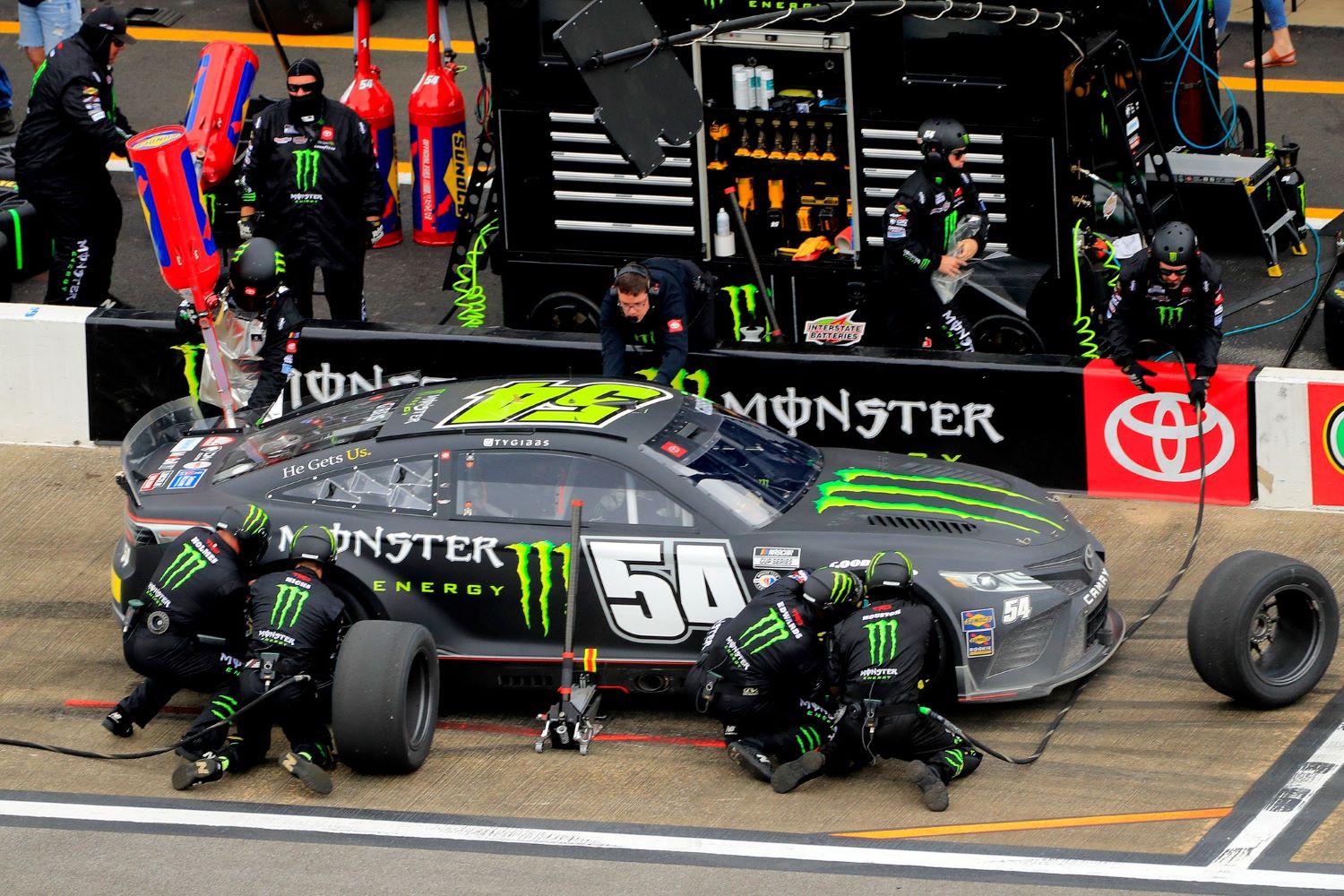
In contrast to Red Bull’s mastery of European tastes, Monster tailored its entire brand and marketing strategy to resonate with the diverse U.S. consumer base. It underscores the critical importance of not merely understanding but intimately connecting with the customer, a principle deeply woven into Monster’s fabric.
The fourth and final lesson delves into the ethos of fostering an open culture within the organization, revealing a deeper layer of Monster’s success story.
Rodney Sacks, an elusive figure in the public eye, breaks convention by advocating for an environment where every team member, irrespective of hierarchy, can contribute ideas. This openness, as revealed by Sacks, has been a linchpin in facilitating innovation and adaptability within Monster.

